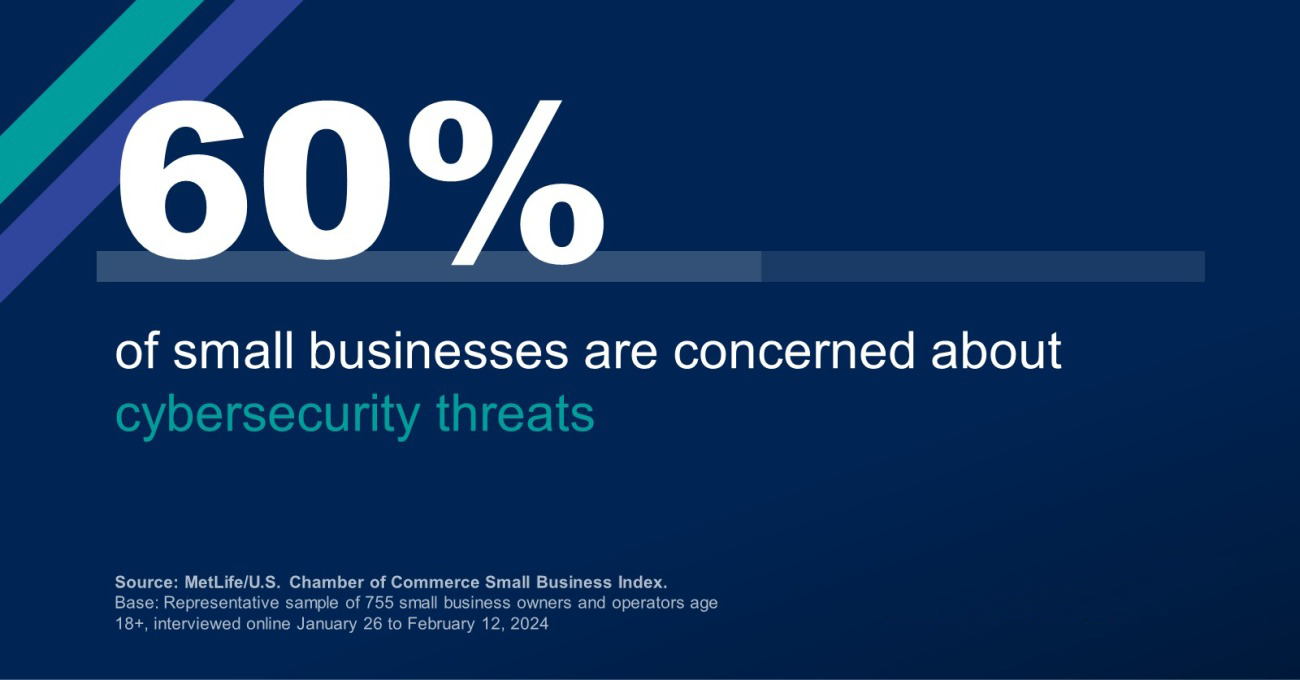Introduction
In today's digital age, where businesses rely heavily on technology for their operations, cybersecurity has become a paramount concern. The landscape of cyber threats is constantly evolving, with malicious actors employing increasingly sophisticated tactics to infiltrate systems, steal data, and disrupt operations. In this comprehensive guide, we'll delve into the latest cybersecurity threats facing businesses in 2024 and provide actionable insights to help you safeguard your organization.
1. Ransomware Attacks: A Persistent Threat
Ransomware attacks continue to plague businesses of all sizes, with cybercriminals using this malicious software to encrypt valuable data and demand hefty ransoms for its release. Recent trends indicate a surge in ransomware-as-a-service (RaaS) models, allowing even non-technical individuals to launch attacks for financial gain. Moreover, ransomware gangs are increasingly resorting to double extortion tactics, threatening to leak sensitive information if ransom demands are not met. To mitigate the risk of ransomware attacks, businesses must prioritize cybersecurity hygiene, including regular data backups, employee training on phishing awareness, and the implementation of robust endpoint security solutions.
2. Phishing and Social Engineering Schemes
Phishing attacks remain a prevalent threat vector, with cybercriminals using deceptive emails, text messages, and phone calls to trick employees into divulging sensitive information or downloading malicious software. In recent years, phishing tactics have become more sophisticated, often leveraging social engineering techniques to manipulate victims into taking action. Business email compromise (BEC) attacks, in which attackers impersonate company executives or trusted vendors to initiate fraudulent transactions, are particularly concerning. To combat phishing and social engineering schemes, businesses should invest in comprehensive cybersecurity awareness training for employees, implement email authentication protocols such as DMARC, and deploy advanced threat detection solutions.
3. Supply Chain Vulnerabilities
The interconnected nature of modern supply chains presents significant cybersecurity challenges, as attackers target third-party vendors and service providers to gain unauthorized access to sensitive data or systems. Supply chain attacks, such as the widely publicized SolarWinds incident, highlight the potential impact of breaches on multiple organizations across various industries. As businesses increasingly rely on cloud services, software-as-a-service (SaaS) applications, and outsourced IT infrastructure, securing the supply chain has become a critical priority. Organizations should conduct thorough risk assessments of their supply chain partners, enforce stringent security requirements through vendor contracts, and implement continuous monitoring mechanisms to detect and mitigate supply chain threats.
4. Insider Threats and Employee Misconduct
While external cyber threats often garner the most attention, insider threats pose a significant risk to businesses, whether through malicious intent or inadvertent actions. Insider threats can manifest in various forms, including disgruntled employees seeking to sabotage operations, negligent individuals inadvertently exposing sensitive data, or compromised accounts exploited by external adversaries. To address insider threats effectively, businesses should adopt a proactive approach to employee monitoring and behavior analysis, implement robust access controls and privilege management policies, and foster a culture of cybersecurity awareness and accountability across the organization.
5. Zero-Day Vulnerabilities and Advanced Persistent Threats (APTs)
Zero-day vulnerabilities, which refer to previously unknown software flaws exploited by attackers before developers can release patches, pose a significant challenge for businesses seeking to protect their systems and data. Advanced persistent threats (APTs), often sponsored by nation-state actors or sophisticated cybercriminal groups, leverage zero-day exploits and sophisticated tactics to infiltrate high-value targets and maintain persistent access over extended periods. Detecting and mitigating zero-day vulnerabilities and APTs require a multi-layered security approach, including threat intelligence sharing, network segmentation, endpoint detection and response (EDR) solutions, and proactive vulnerability management practices.
6. Internet of Things (IoT) Security Risks
The proliferation of Internet of Things (IoT) devices in business environments introduces new cybersecurity risks, as these connected devices often lack robust security features and are vulnerable to exploitation by attackers. Compromised IoT devices can serve as entry points for cybercriminals to infiltrate corporate networks, launch distributed denial-of-service (DDoS) attacks, or exfiltrate sensitive data. To mitigate IoT security risks, businesses should implement strict access controls for IoT devices, regularly update firmware and software patches, segment IoT networks from critical infrastructure, and deploy IoT-specific security solutions with built-in threat detection capabilities.
7. Cloud Security Challenges
As organizations increasingly migrate their data and workloads to cloud environments, ensuring robust cloud security measures is essential for protecting sensitive information and maintaining regulatory compliance. However, cloud security challenges, such as misconfigurations, data breaches, and unauthorized access, continue to pose significant risks for businesses. Shared responsibility models adopted by cloud service providers require organizations to assume responsibility for securing their data and applications in the cloud. To enhance cloud security posture, businesses should implement encryption for data at rest and in transit, enforce strong identity and access management (IAM) policies, conduct regular security audits and assessments, and leverage cloud-native security tools and services.
Conclusion
The cybersecurity landscape is continuously evolving, with businesses facing an array of complex and persistent threats. From ransomware attacks and phishing schemes to supply chain vulnerabilities and insider threats, the stakes have never been higher for organizations seeking to safeguard their digital assets and reputation. By adopting a proactive and multi-layered approach to cybersecurity, including robust threat detection, employee training, supply chain management, and cloud security measures, businesses can effectively mitigate risks and protect against the ever-changing threat landscape in 2024 and beyond.
References:
1. Verizon. (2024). Data Breach Investigations Report.
2. IBM Security. (2024). Cost of a Data Breach Report.
3. Ponemon Institute. (2024). State of Cybersecurity Report.
4. Cybersecurity and Infrastructure Security Agency (CISA). (2024). Threat Landscape Report.
5. McAfee. (2024). Threats Report.
6. FireEye. (2024). Cyber Trendscape Report.
7. CrowdStrike. (2024). Global Threat Report.
8. Symantec. (2024). Internet Security Threat Report.
9. Microsoft Security Intelligence Report.
10. National Institute of Standards and Technology (NIST) Cybersecurity Framework.
